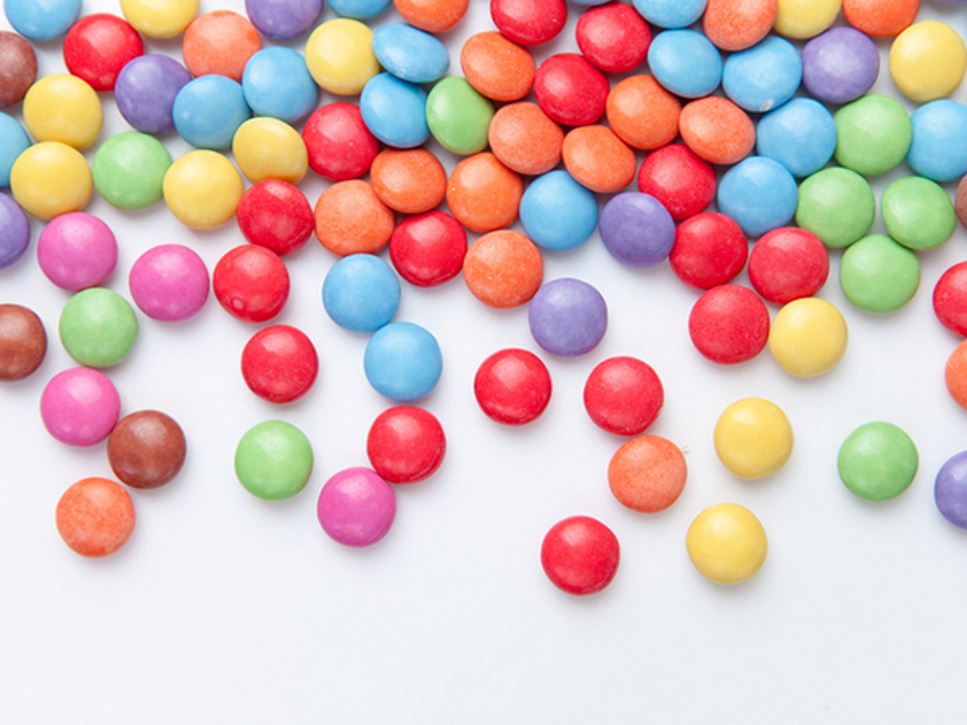To entice consumers into buying their products, food manufacturers sometimes use color additives to enhance naturally-occurring colors or to make food more appetizing or simply more fun to eat. But do food colors do more than color food? One commonly held notion by some parents is that color additives cause behavioral problems in their children or add to the problems associated with attention deficit hyperactivity disorder (ADHD). However, the research on this topic has been inadequate or the findings inconsistent.
Food coloring additives may be synthetic or derived from natural sources including plants, animals, or minerals . Both types are regulated by the U.S. Food and Drug Administration (FDA). Their approval process includes factors such as the properties of that ingredient, the amount likely to be consumed, any possible health effects that could result immediately or on a longer-term basis, and other numerous factors that address the product’s safety. In addition, the FDA specifies the products that additives are allowed to be used in, maximum amounts that are permitted, and how they are identified on the packaging.
The possibility of food additives influencing hyperactivity in children became a popular theory in the 1970s. In the next decade, a panel of experts from the National Institutes of Health determined that some children diagnosed with ADHD and a confirmed food allergy benefited from modifying their diets. Although, later research questioned their effectiveness (unless medically necessary) and concluded that restrictive diets were difficult for children and adolescents to maintain.
Children need a variety of healthy foods and the nutrients they provide for proper growth and development. Talk with the child's pediatrician or consult with a registered dietitian nutritionist before trying an elimination diet. When nutritious foods are restricted unnecessarily, this could lead to an imbalance of important nutrients. Dietitians have the ability to analyze a child's eating pattern overall, identify any nutrients that may be lacking (or would be lacking if certain foods were restricted), and offer healthy substitutions based on the child’s food preferences. They can also provide suggestions for meal planning and help with label reading.
Reviewing the Nutrition Facts Label can help parents identify sources of important nutrients. It can also help with the identification of color additives, since they are required to be listed as an ingredient. Because color additives are often used in foods and beverages, such as candies, snacks, and soft drinks, these products may also be sources of added sugars. The 2020-2025 Dietary Guidelines for Americans recommend avoiding sources of added sugars in children under the age of 2 and limiting added sugars to less than 10% of calories for individuals over the age of two. Finding ways to reduce added sugars might also help with reducing sources of color additives in your child’s diet, if that is a concern.
Find a Nutrition Expert
Looking for credible nutrition information and recommendations? The Academy of Nutrition and Dietetics' network of credentialed food and nutrition practitioners are ready to help!

